No one wants their GPU performing below its potential. You don't want your CPU bottlenecking your GPU, or some other component holding it back. Many users still overclock their GPUs to extract some extra performance, but there are some lesser-known settings you can tweak to improve your FPS and the overall quality of your gaming experience. I always use these settings to ensure I'm not leaving performance on the table. Most of what I share here will be relevant to Nvidia GPUs, but you can easily find counterparts for everything for your AMD or Intel GPU.
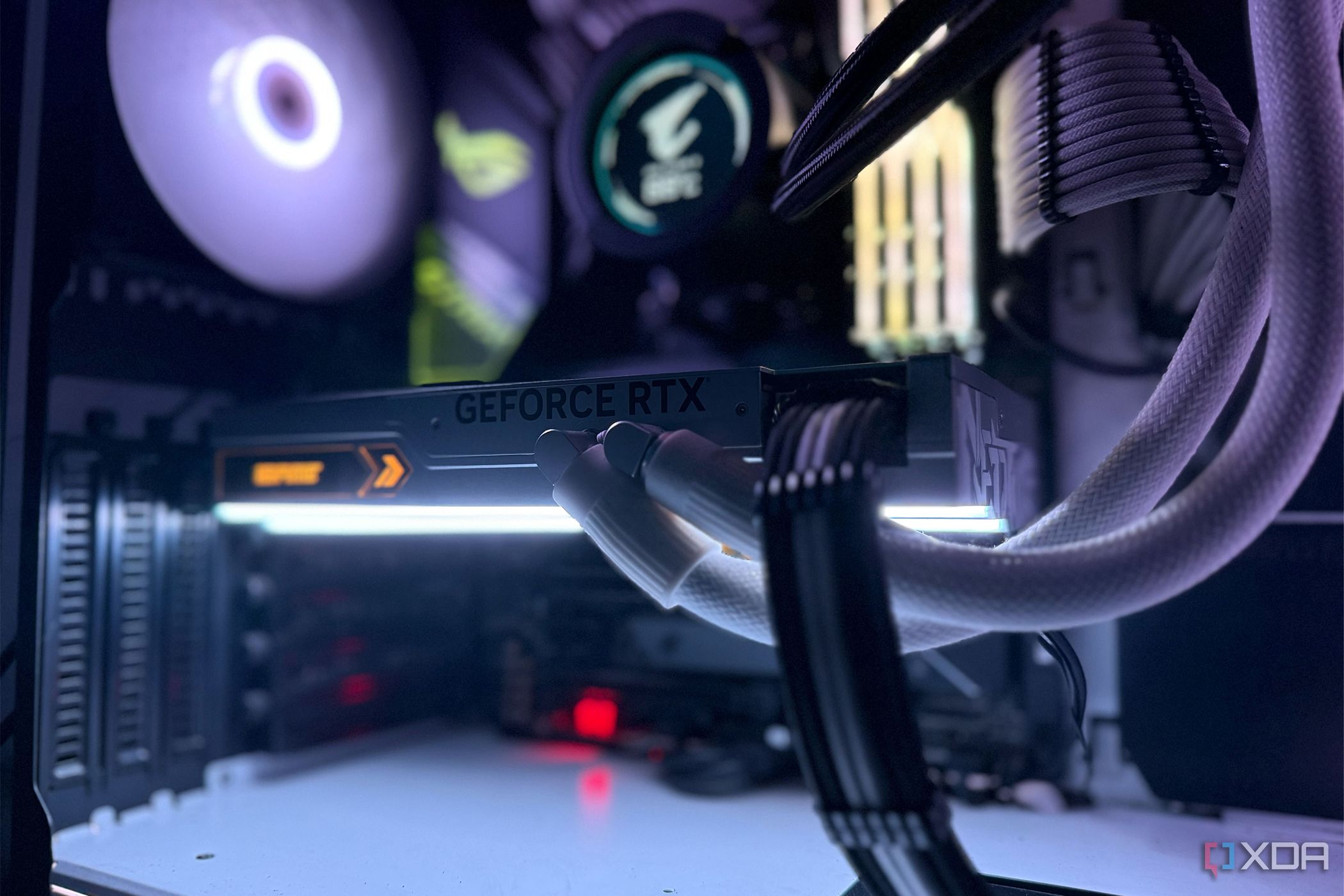
Related
10 ways you can improve the performance of your aging gaming PC
It may not be time to throw out your PC yet! Here are 10 things you can do to improve the performance of your aging gaming PC
5 Resizable BAR
Hidden away in the UEFI
Resizable BAR is one of those features that everyone should enable if their system supports it, but not everyone is aware of it. What it does is unlock your GPU's entire VRAM capacity for use by the CPU instead of the latter accessing it in small chunks. The result is a 5–15% boost to GPU performance, depending on the game and the GPU model, of course. Resizable BAR is more or less mandatory on Intel GPUs, and even on your Nvidia or AMD GPU, it's recommended to turn it on to enjoy the best performance.
Enabling it in the BIOS/UEFI isn't a complex process either, as long as you have an RTX 30, RX 6000, or newer GPU. You also need a Ryzen 3000, 10th Gen Core, or newer processor to use the technology. Lastly, your SSD should be formatted in GPT, and not the older MBR standard, to use UEFI, and thereby, Resizable BAR. The feature is known as Smart Access Memory (SAM) on AMD graphics cards, but it does the same thing. It's essentially a simple toggle that gives your FPS a free boost if you haven't used it until now.
4 Power limit
Turn it up to 11
Your graphics card comes with a set power limit from the factory. If you've never tried GPU overclocking in the past, you might not have touched the power and temperature sliders in MSI Afterburner. If you want to allow your GPU to fully stretch its wings, however, increasing the power limit to the maximum is unavoidable. You can simply push the slider to the maximum that Afterburner allows, and the temperature slider will usually be adjusted on its own.
The power limit isn't as hidden as some other settings on this list, but it's still something most users wouldn't know about, especially since overclocking isn't as relevant as it used to be. After you've increased the power limit of your GPU, you can proceed to tweak its clock speed and voltage, and see if you're getting a worthwhile performance increase, once you've achieved a stable overclock. Ensure that your case can handle the extra heat produced from overclocking, and keep your GPU cool enough.
3 Fan curve
Your GPU's fan curve might not seem that important, but it can actively keep your card from performing to its fullest. Most graphics cards are tuned for acoustics instead of performance out of the factory, so if you never touched your fan curve, chances are you're missing out on as much as 10% extra FPS. By tuning your GPU fan curve in MSI Afterburner, you can allow your fans to ramp up more, so your GPU runs cooler and has more headroom to increase the frequency, and hence, the power consumed.
You can also use Fan Control instead for more granular control over your GPU fans. The program allows you to tie the GPU fan speed to any of the multiple temperature sensors on your PC. Whatever program you use, tuning your fan curve for more aggressive performance will increase fan speed and noise, but also permit your GPU to reach and maintain higher clock speeds for longer, thereby improving performance.

Fan Control is a powerful program that allows you to control every fan on your PC. You can set custom fan curves and tie your fan speeds to any temperature sensor you want, giving you immense control.
2 Max Frame Rate
Lower but smoother performance
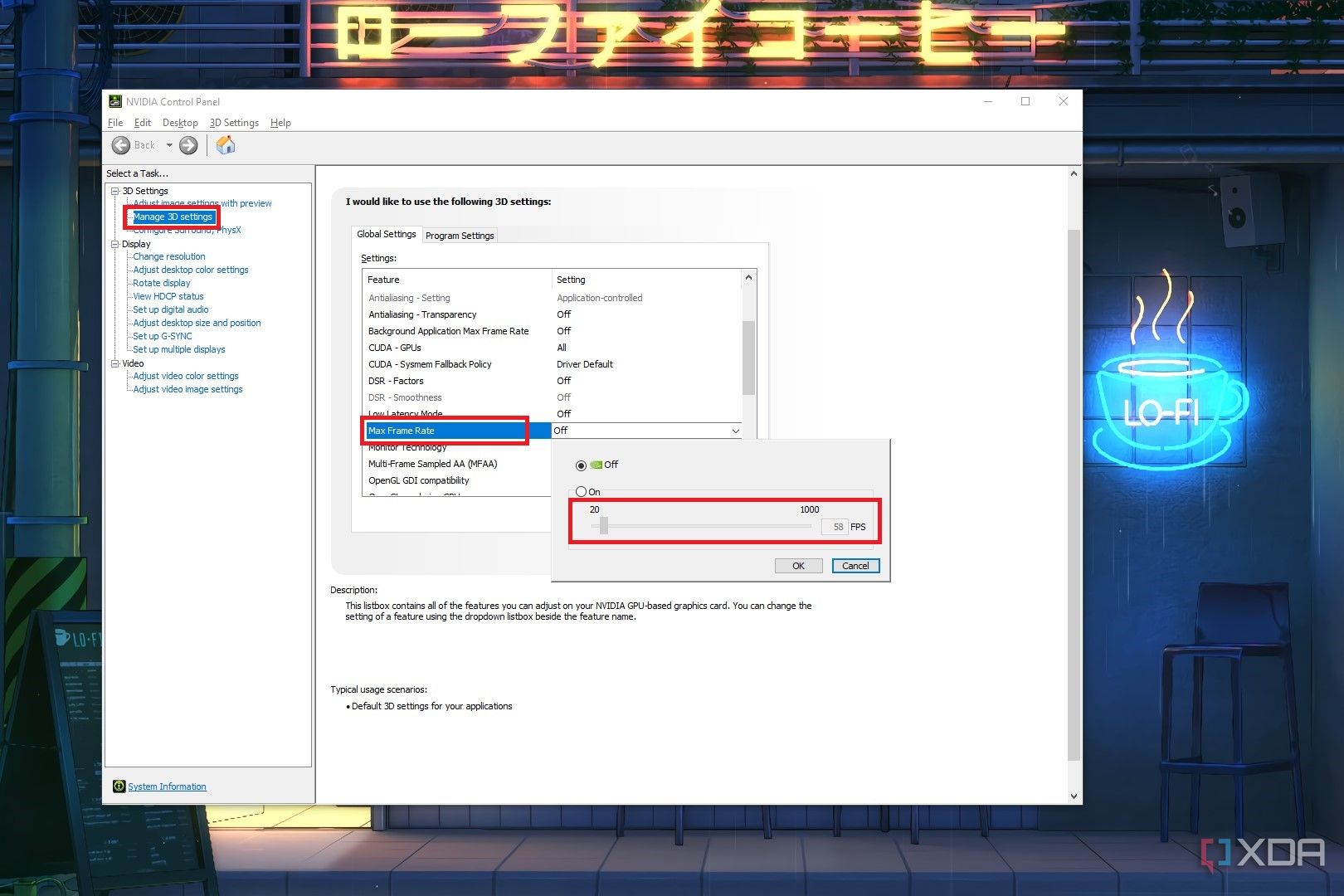
Usually, you want your GPU to work as hard as possible to pump out the most FPS it can. An unlocked FPS allows your GPU to do exactly that, but in situations where the framerate can exceed your monitor's maximum refresh rate, you might consider capping the max frame rate below that max refresh rate limit. The reason is that a framerate higher than your monitor's refresh rate can introduce screen tearing.
Despite all the latency benefits of a high refresh rate for competitive games, the visual artifacts can be annoying for many users, especially in slower, single-player titles. Capping your GPU's FPS a few frames below your monitor's refresh rate can give you a more consistent, smoother experience. Even if you're getting a max FPS of around 120 on your 144Hz monitor, with frequent dips to around 90, it's better to cap the FPS to 90 for a smoother experience, free of frame drops. You can change this setting in the Nvidia Control Panel in the "Manage 3D settings" section.
1 Undervolting
It can actually be better than overclocking
In contrast to overclocking, the aim of undervolting your GPU is not to boost performance (per se), but to lower the amount of voltage your GPU draws. This reduces the amount of power it consumes, and hence, the operating temperature. This can, in turn, lead to higher and more stable clock speeds, when compared to stock or overclocked settings. Undervolting not only reduces the thermal load on your GPU, improving its lifespan, but also allows better performance in many scenarios.
Although this isn't exactly a hidden setting, it's still less popular than overclocking. You only need MSI Afterburner or AMD's Adrenalin Software to undervolt your graphics card to enjoy lower temps and hopefully higher performance. Even if you're not getting a significant boost in FPS, you can still enjoy a cooler card and better 1% lows — that's not a bad deal for a few simple tweaks.
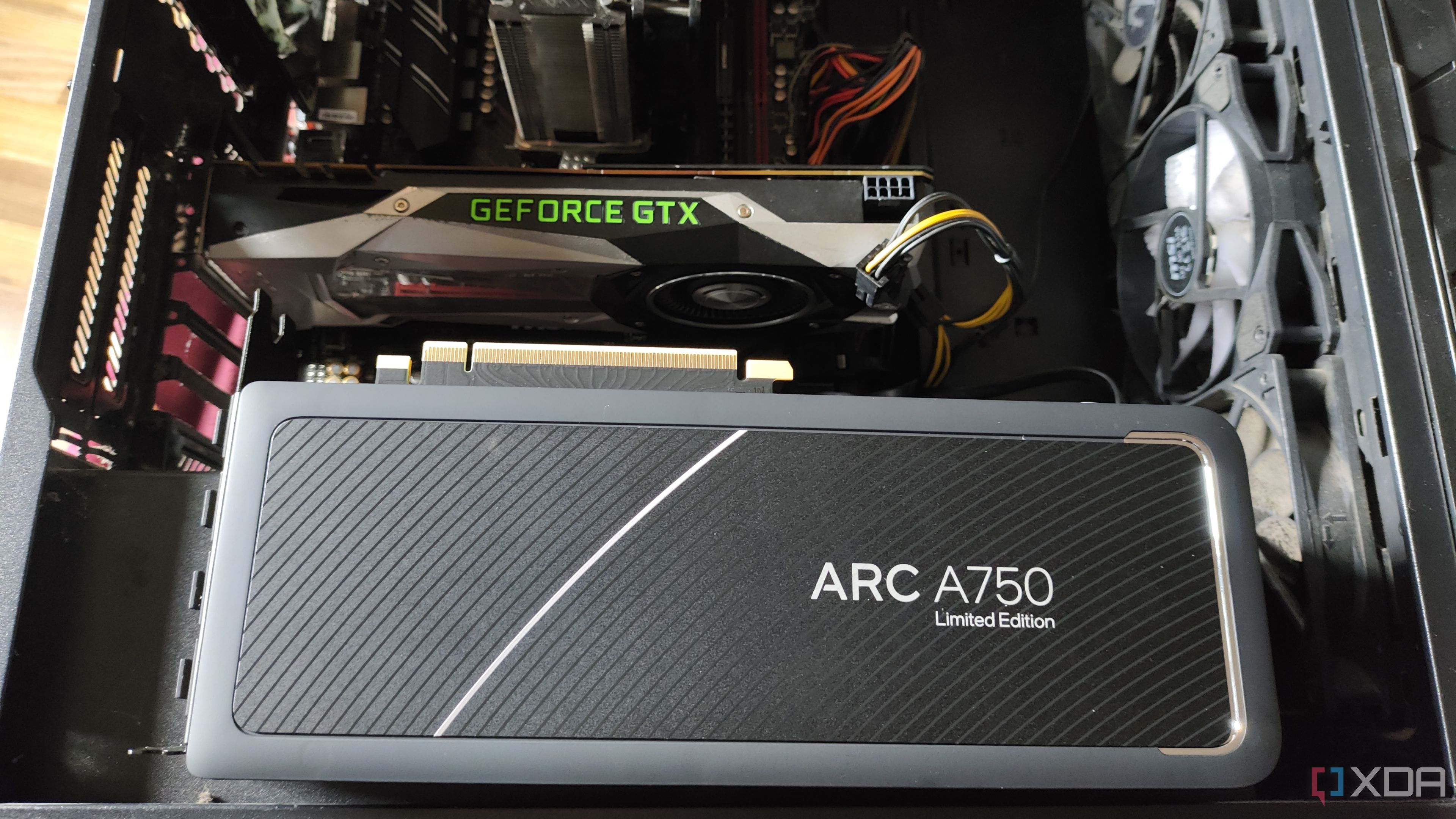
Related
4 reasons you should undervolt your GPU
Undervolting isn't as scary as it sounds and the advantages you can gain from doing so are well worth it
Make the most of your graphics card
You might already be enjoying great performance on your GPU, but if you haven't explored some hidden and lesser-known settings, you might be missing out. For instance, enabling Resizable BAR in the BIOS and increasing the power limit in MSI Afterburner can open the doors to free performance boosts. Tuning your fan curve and undervolting your card can give it more thermal headroom for higher and more stable clock speeds. And capping your FPS can actually make your gaming experience smoother compared to an unlocked FPS.
.png)
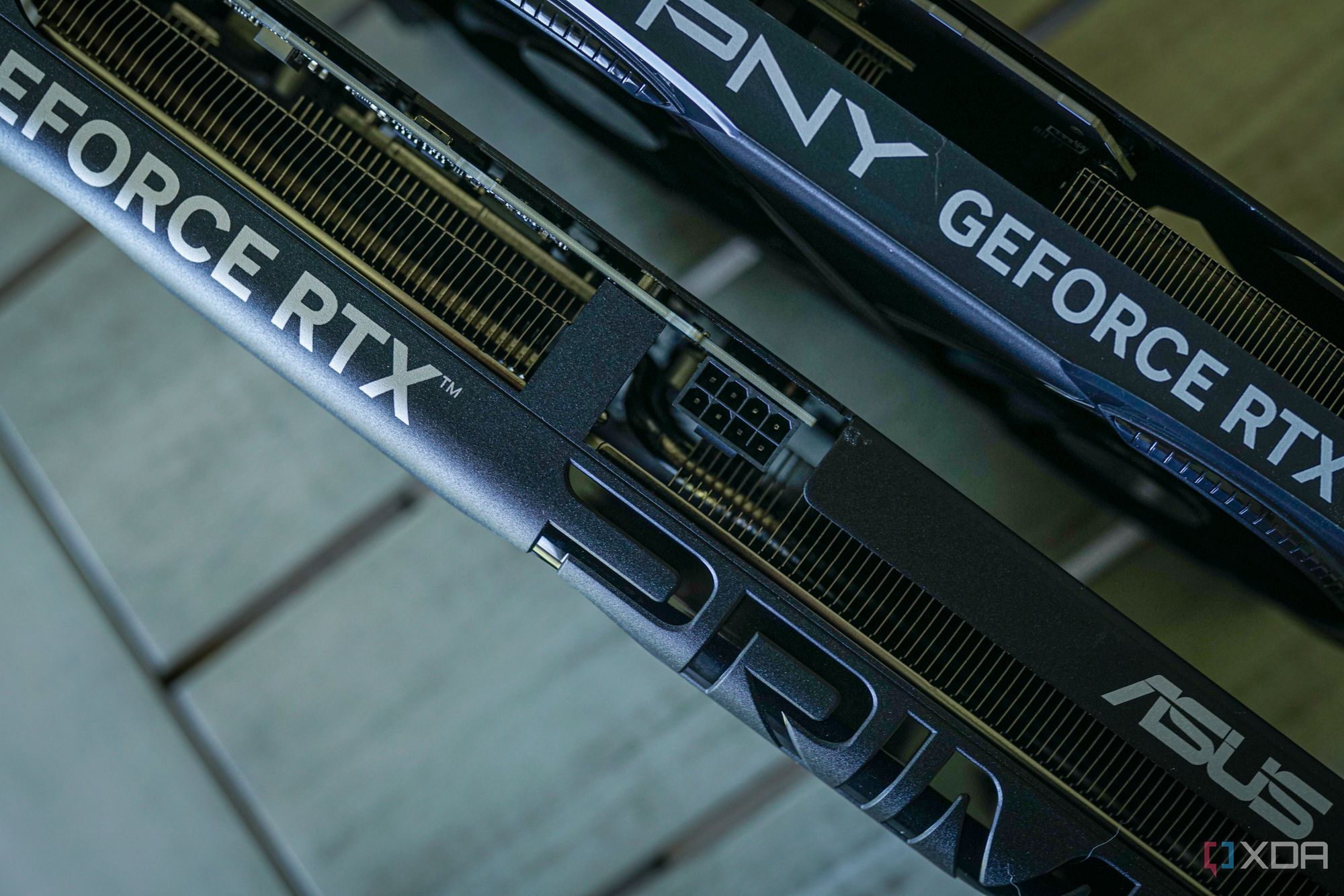
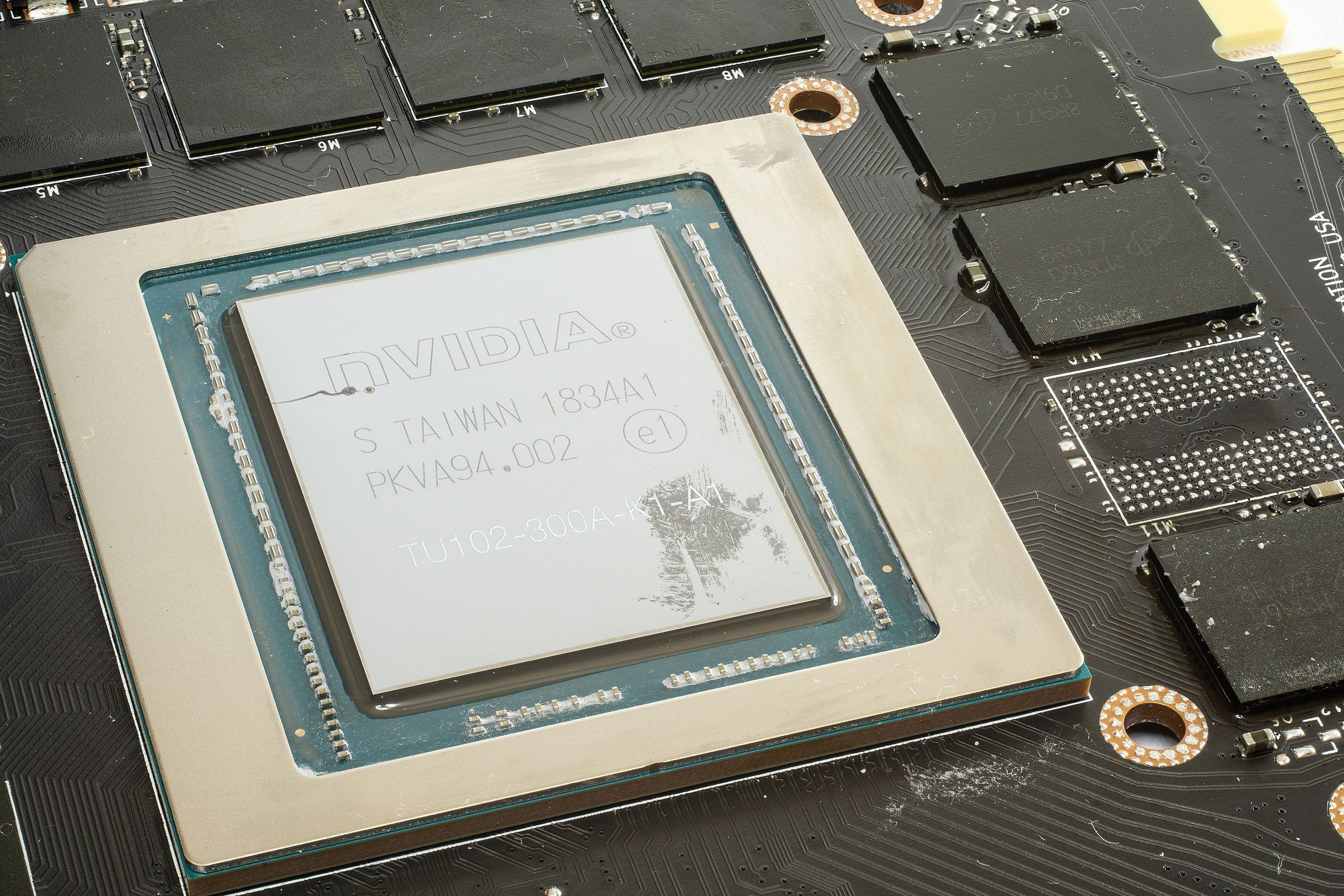
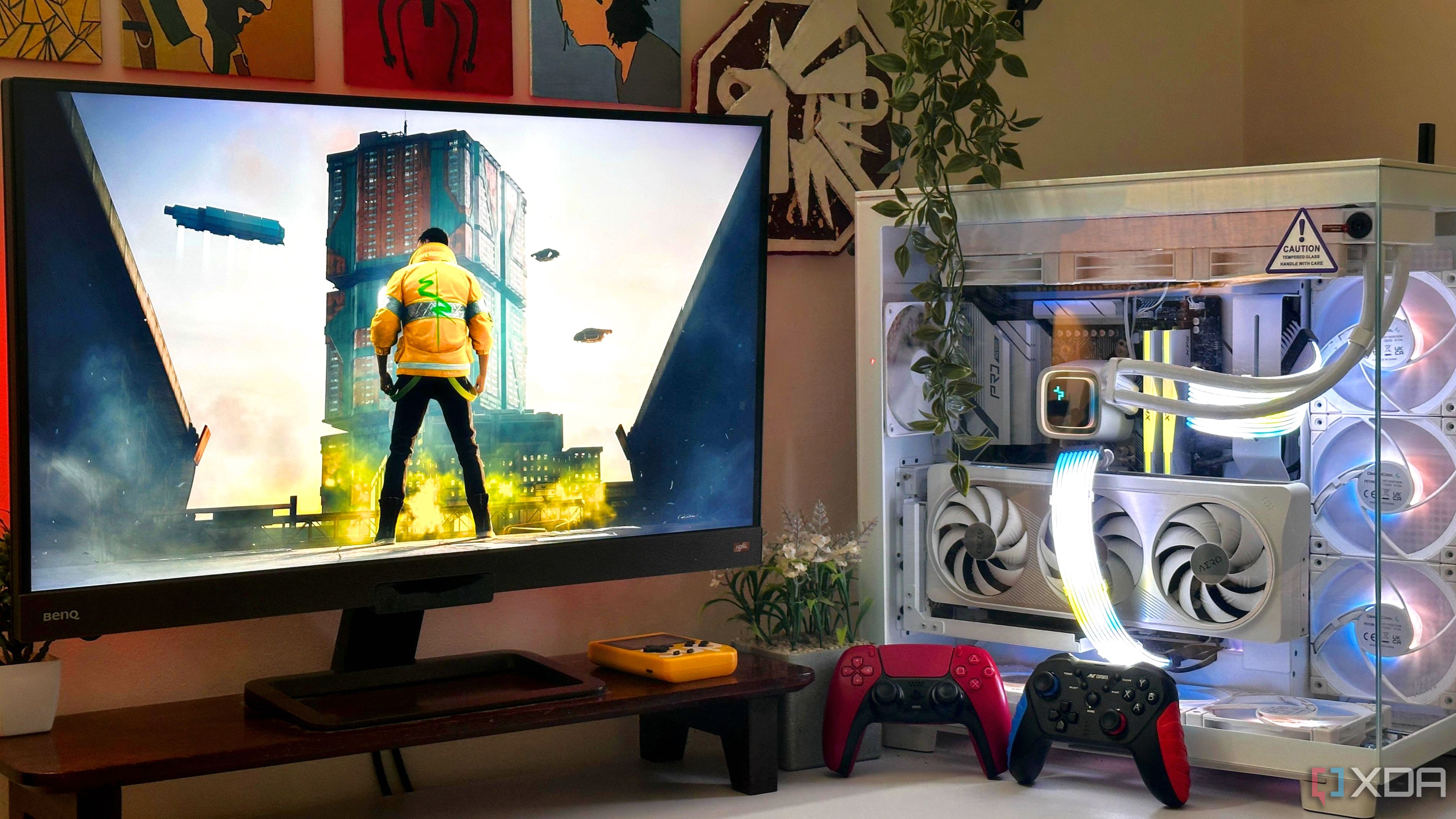











 English (US) ·
English (US) ·